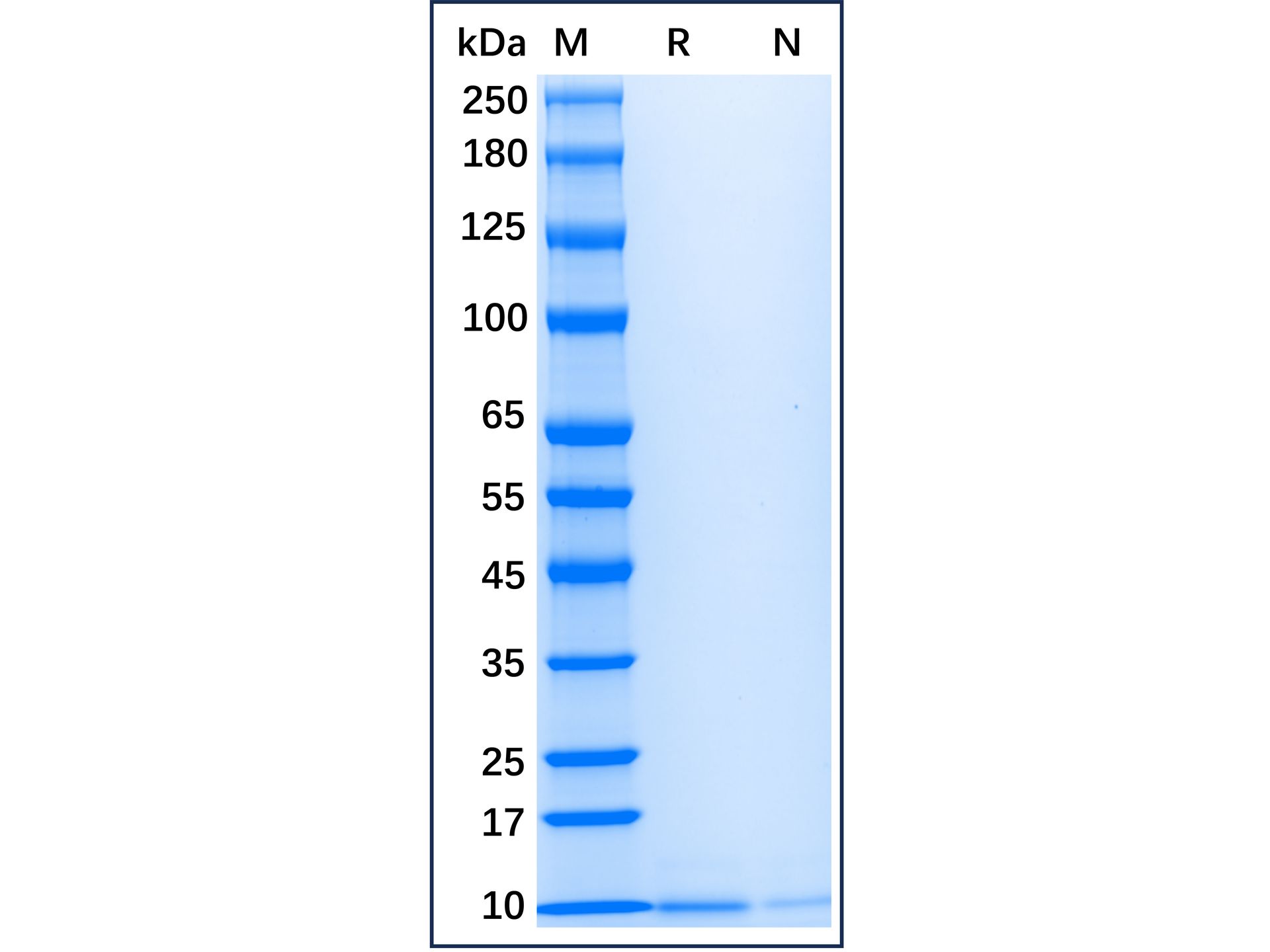| 1. Ota T, Suzuki Y, Nishikawa T, Otsuki T, Sugiyama T, Irie R, Wakamatsu A, Hayashi K, Sato H, Nagai K et al.. (2004) Complete sequencing and characterization of 21,243 full-length human cDNAs.. Nat Genet, 36 (1): (40-5). [PMID:14702039] [10.1021/op500134e] |
| 2. Bean, M F MF and Carr, S A SA.. (1992) Characterization of disulfide bond position in proteins and sequence analysis of cystine-bridged peptides by tandem mass spectrometry.. Analytical biochemistry, [PMID:1632509] |
| 3. Harvey, T S TS, Wilkinson, A J AJ, Tappin, M J MJ, Cooke, R M RM and Campbell, I D ID.. (1991) The solution structure of human transforming growth factor alpha.. European journal of biochemistry, (15): [PMID:2050136] |
| 4. Kline, T P TP and 5 more authors.. (1990) Solution structures of human transforming growth factor alpha derived from 1H NMR data.. Biochemistry, (28): [PMID:2261437] |
| 5. Jakowlew, S B SB, Kondaiah, P P, Dillard, P J PJ, Sporn, M B MB and Roberts, A B AB.. (1988) A novel low molecular weight ribonucleic acid (RNA) related to transforming growth factor alpha messenger RNA.. Molecular endocrinology (Baltimore, Md.), [PMID:2464748] |
| 6. Jakobovits, E B EB, Schlokat, U U, Vannice, J L JL, Derynck, R R and Levinson, A D AD.. (1988) The human transforming growth factor alpha promoter directs transcription initiation from a single site in the absence of a TATA sequence.. Molecular and cellular biology, [PMID:2907605] |
| 7. Derynck, R R, Roberts, A B AB, Winkler, M E ME, Chen, E Y EY and Goeddel, D V DV.. (1984) Human transforming growth factor-alpha: precursor structure and expression in E. coli.. Cell, [PMID:6088071] |
| 8. Qian, J F JF, Feingold, J J, Stoll, C C and May, E E.. (1993) Transforming growth factor-alpha: characterization of the BamHI, RsaI, and TaqI polymorphic regions.. American journal of human genetics, [PMID:8100397] |
| 9. Qian, J F JF, Lazar-Wesley, E E, Breugnot, C C and May, E E.. (1993) Human transforming growth factor alpha: sequence analysis of the 4.5-kb and 1.6-kb mRNA species.. Gene, (15): [PMID:8224876] |
| 10. Moy, F J FJ and 5 more authors.. (1993) Solution structure of human type-alpha transforming growth factor determined by heteronuclear NMR spectroscopy and refined by energy minimization with restraints.. Biochemistry, (27): [PMID:8338831] |
| 11. Shum, L L, Turck, C W CW and Derynck, R R.. (1996) Cysteines 153 and 154 of transmembrane transforming growth factor-alpha are palmitoylated and mediate cytoplasmic protein association.. The Journal of biological chemistry, (8): [PMID:8910478] |
| 12. Collin, G B GB, Marshall, J D JD, Naggert, J K JK and Nishina, P M PM.. (1999) TGFA: exon-intron structure and evaluation as a candidate gene for Alström syndrome.. Clinical genetics, [PMID:10066034] |
| 13. Fernández-Larrea, J J, Merlos-Suárez, A A, Ureña, J M JM, Baselga, J J and Arribas, J J.. (1999) A role for a PDZ protein in the early secretory pathway for the targeting of proTGF-alpha to the cell surface.. Molecular cell, [PMID:10230395] |
| 14. Xu, X X, Liao, J J, Creek, K E KE and Pirisi, L L.. (1999) Human keratinocytes and tumor-derived cell lines express alternatively spliced forms of transforming growth factor-alpha mRNA, encoding precursors lacking carboxyl-terminal valine residues.. Oncogene, (30): [PMID:10523832] |
| 15. Machida, J J and 5 more authors.. (1999) Transforming growth factor-alpha (TGFA): genomic structure, boundary sequences, and mutation analysis in nonsyndromic cleft lip/palate and cleft palate only.. Genomics, (1): [PMID:10552925] |
| 16. Hillier, Ladeana W LW and 121 more authors.. (2005) Generation and annotation of the DNA sequences of human chromosomes 2 and 4.. Nature, (7): [PMID:15815621] |
| 17. Castro, Carolina Perez CP, Piscopo, Denise D, Nakagawa, Takatoshi T and Derynck, Rik R.. (2007) Cornichon regulates transport and secretion of TGFalpha-related proteins in metazoan cells.. Journal of cell science, (15): [PMID:17607000] |
| 18. Ding, Wei W and 6 more authors.. (2008) EGF receptor-independent action of TGF-alpha protects Naked2 from AO7-mediated ubiquitylation and proteasomal degradation.. Proceedings of the National Academy of Sciences of the United States of America, (9): [PMID:18757723] |


